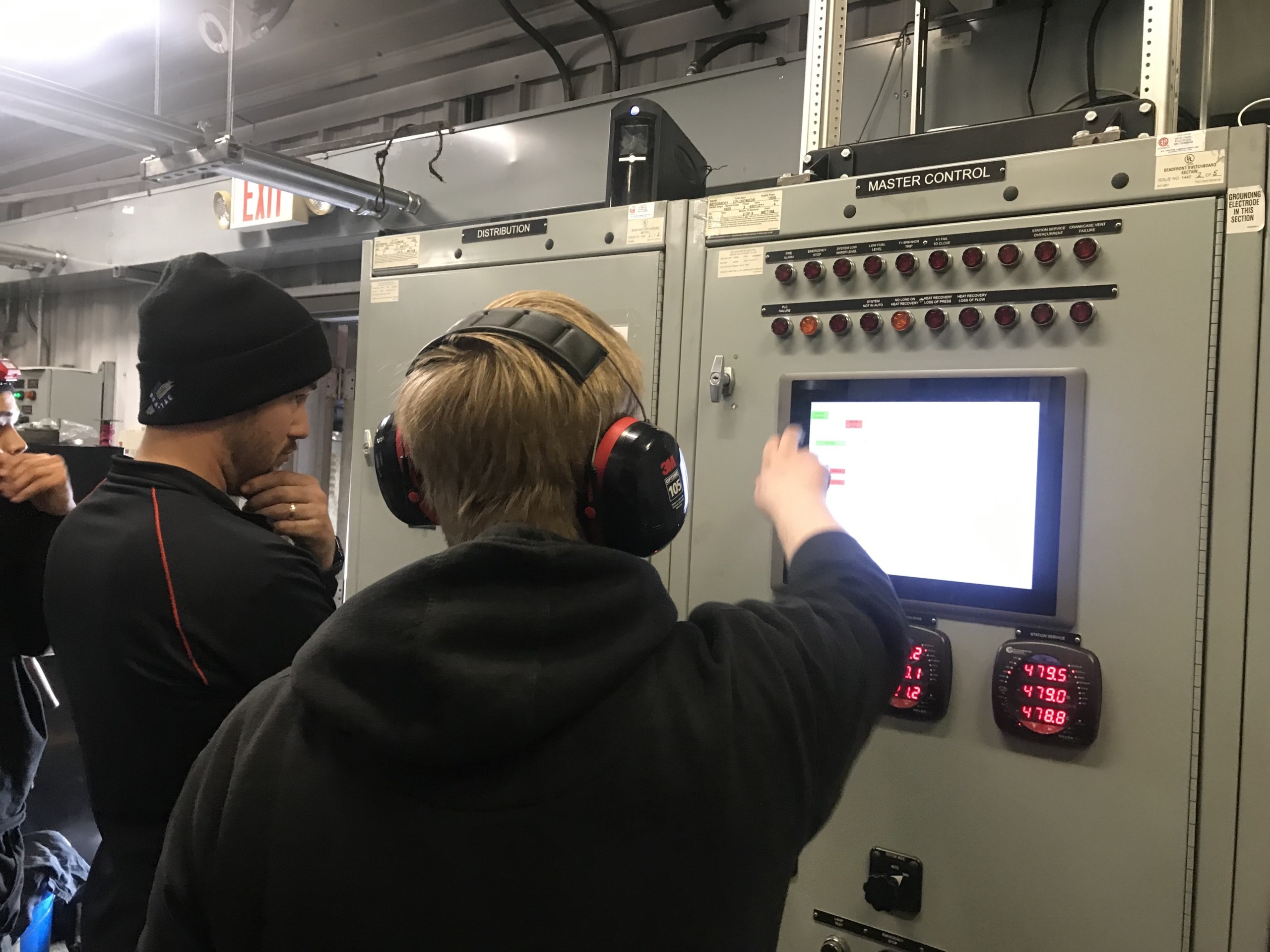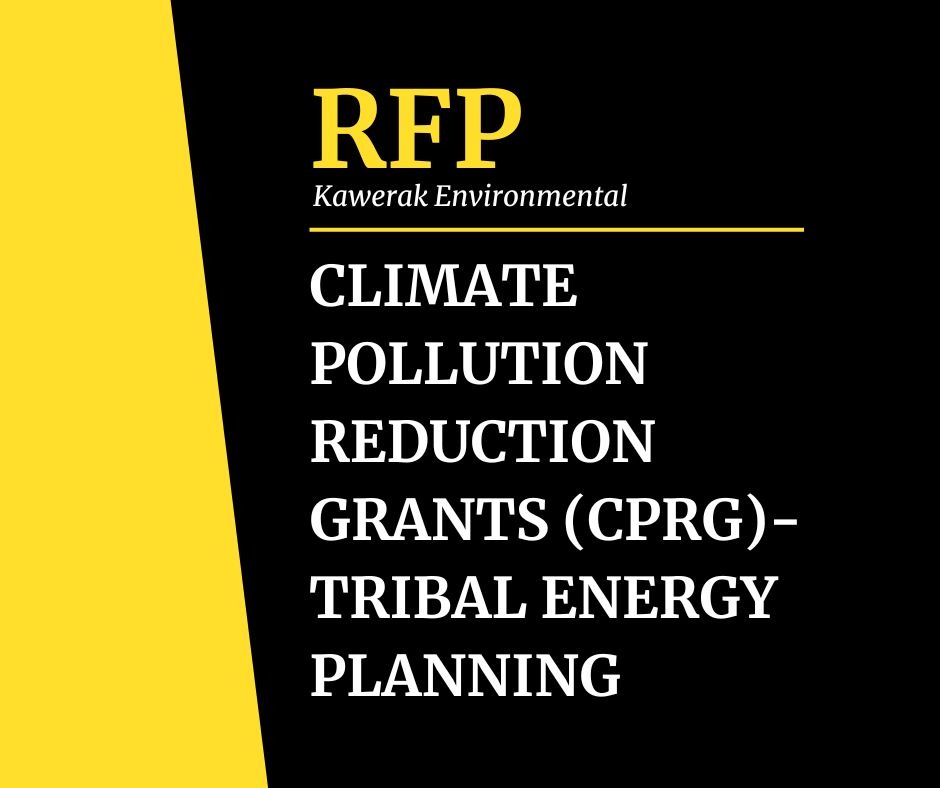The community of Golovin sits on a small peninsula in Northwest Alaska between two large bodies of water. Approximately 240 people reside in Golovin these days, but 60 years ago, during the fish processing heyday when many jobs were available, the community was more than double in size. In the early 1960’s, the Golovin Fish Co-op was developed by AYK Fisheries and they promised jobs and a bright future with decades of processing the plentiful fish of the Norton Sound. However, within 10 years the fishing industry declined to the point that the co-op went bankrupt.
Two Alaskan residents, one of which was a local Golovin man, purchased the fish co-op with hopes of reviving the business. But it wasn’t to be. Over time, the fish plant building fell into disrepair and after many extreme weather events such as flooding, erosion, and massive storms, the building started to fall into the ocean.
Drone photos show the three buildings of the Fish Co-op, lower photo shows test locations.
The local EPA-funded IGAP Environmental Coordinator, Carol Oliver, started bringing attention to the dilapidated fish plant in the early 2000’s because she was concerned about potential contamination. She also was worried about kids playing in and around the old building as it was just a couple hundred yards from the school and had unrestricted access.
In 2016, Carol Oliver applied for an EPA Targeted Brownfields Assessment (TBA) and was awarded. Contractors came to Golovin to take samples of the fish plant facility and assessed three separate buildings. They confirmed lead-based paint, petroleum, PCB ballasts, lead-acid batteries, fluorescent bulbs, and asbestos contamination on site. Over the next two years, the Golovin IGAP worked with the Kawerak Environmental Program to backhaul scrap metal, lead-acid batteries, and the fluorescent bulbs from the fish plant. The TBA funded the abatement of the three fish plant buildings and by the fall of 2019, complete abatement of contaminates took place.
During this time, the Golovin IGAP, along with the Kawerak Brownfields Program, sought various funding avenues to demolish the building. Because demolition of buildings is not part of any brownfields funding opportunities, other resources had to be leveraged for this portion of the project. In early 2022, Kawerak was able to secure funding through the Bureau of Indian Affairs (BIA) to demolish the structures of the fish plant. A contractor was in place by the end of the summer of 2022, and demolition was set to begin, but unfortunately another extreme weather event, Typhoon Merbok, would deter progress.
A group works together at the community visioning session in Golovin
The Alaska Tribal Conference on Environmental Management (ATCEM) took place in March 2023 in Anchorage. At that conference, the Kawerak Brownfields Program staff met folks from the Kansas State University Technical Assistance to Brownfields (KSU TAB) and together collaborated on a project with the Alaska Native Tribal Health Consortium Brownfield Program staff to bring a visioning session to Golovin. The collaboration facilitates re-envisioning not only what the fish plant reuse and redevelopment might be, but also developing a plan and vision for the other two identified brownfield sites in Golovin. In May 2023, a team of six people traveled to Golovin to work with the community in developing a vision for the future.
Carol Oliver (middle) stands with Kawerak Brownfield Manager, Brandie Radigan, and ANTHC Contamination Support Program Manager, Bailey Richards during the visioning session potluck.
In spring of 2023, the contractor in Golovin let Kawerak Brownfields staff and the residents of Golovin know they were ready to proceed with taking down the building. Only one building out of three survived Typhoon Merbok as the other two were taken out to sea during the storm. By the end of June 2023, the fish plant was demolished and safely taken down. Care was taken to preserve as much of the material from the building as possible to be reused on other projects in Golovin. Because the City of Golovin owns the property, they were given the materials for reuse or redistribution throughout town. The City of Golovin will utilize the results of the visioning session with the community to inform their decisions for reuse and development.





